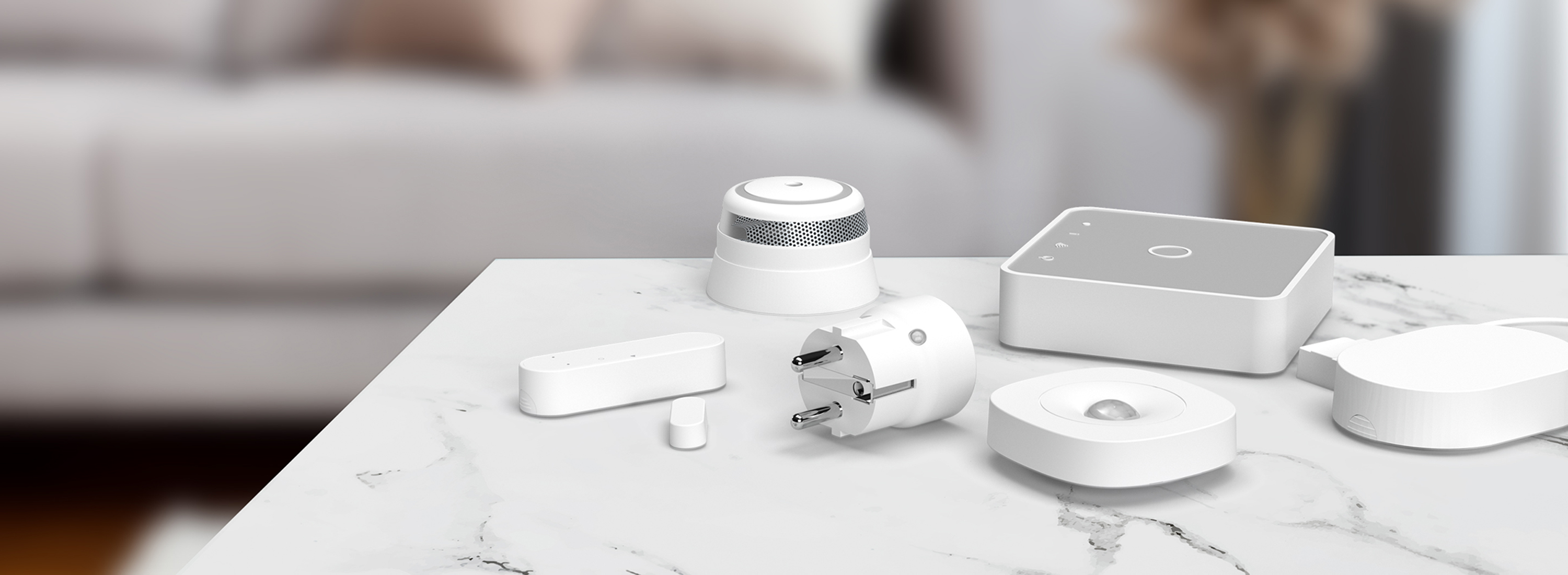What to consider before choosing a cellular network for your IoT solution
The success of your IoT solution does not only depend on your device and application, but also on choosing the right wireless network technology to successfully keep up with the constant evolvement.
To help you determine which cellular networks can provide the optimal support for your IoT project, we have made the following list of networks that we recommend, a description of the advantages each brings to your IoT deployment, and important factors to consider when choosing a cellular network type for your IoT solution.
LTE Cat M1 and NB-IoT
LTE Cat M1 and NB-IoT are cellular technologies specifically designed for the needs of IoT applications. Data speed for these IoT-specific technologies is relatively low, which makes them suitable for IoT applications with low to medium data rate needs and focus on energy efficiency. The benefits of these options include low cost, long battery life, and high connection density. In addition, the device will be able to function on a very low signal.
The Squid.link Gateway can be equipped with a cellular module that supports both LTE Cat M1, NB-IoT and 2G. As Cat M1 and NB-IoT are not fully rolled out yet, the module supports 2G fallback, so it can run on 2G networks until the full roll-out of Cat M1 and NB-IoT. With this option, you can be sure that your devices will stay connected for many years.
LTE Cat 1
LTE Cat 1 is a medium speed LTE standard designed for feature-rich applications. With speeds of 10 Mb/s downlink and 5 Mb/s uplink, LTE Cat 1 is ideal for IoT applications that require higher data speeds, for instance applications that involve video streaming and voice support. Like LTE Cat M1 and NB-IoT, LTE Cat 1 will allow you to stay connected for many years ahead.
LTE Cat 4
If you need even higher data speeds, the LTE Cat 4 technology supports up to 150 Mb/s downlink and 50 Mb/s uplink. In the Squid.link Gateway, you will soon be able to get an LTE Cat 4 module with WiFi routing included, which enables sharing of LTE internet connection with other devices, such as TV and Chromecast. A Squid.link Gateway with an LTE Cat 4 module can substitute a WiFi router, so the user gets connection of IoT devices and WiFi routing all in one box.
5G
5G is an entirely new core network that aims to improve wireless connections worldwide and bring the world to a faster, smarter future. While 5G is not yet available commercially, several industries can expect to benefit from the speed and performance capabilities of 5G networks in the future, including Smart Home, Smart Buildings, Security and more. The 5G standard is not yet defined, and the network has not yet been rolled out, but when our customers can begin to benefit from using 5G, Develco Products will offer modules that support 5G.
2G and 3G
The 2G network is the least expensive option, and the 3G network will provide your solution with a high data rate at a relatively low price. However, it is important to be aware of the short lifespan of 2G and 3G. Right now, 2G is being phased out in several places, and all 3G networks are likely to be shut down by the end of this decade too

